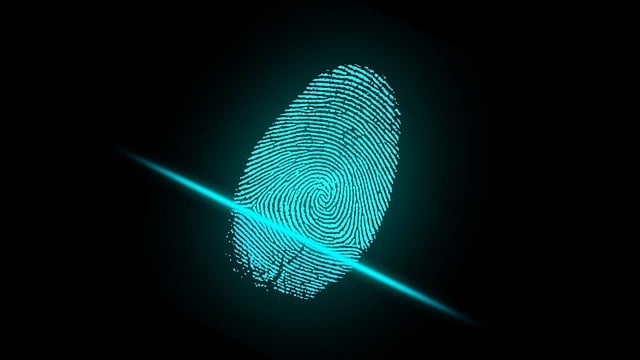The Rumsfeld Matrix as an effective tool in the decision-making process
During a briefing on the Iraq War, Donald Rumsfeld divided information into 4 categories: known known, known unknown, unknown known, unknown unknown. ...

Multi-Factor Authentication is an authentication method that requires a minimum of 2 identity verification forms to gain access to an account, application, data set, etc. This is an additional layer of security for a user’s online account. To gain access, user must enter a password, and then confirm the login attempt through a special program, code, etc. An additional verification method can prevent gaining unauthorized access by cybercriminals, thereby preventing a cyberattack. Setting up and using authentication is one of the most important and simple cybersecurity tools, making it accessible to any person and organization.
Authentication is critical to many security policies in terms of protecting sensitive data and preventing data leakage. Cybercriminals often use special software to steal login information. Also, users themselves can increase the risk of becoming a victim by setting the same data for several inputs. Lack of validation makes users a bait for attackers.
Organizations should implement an identity and access management (IAM) system that also authenticates user credentials. In this case, it is possible to control user access to critical corporate information and prevent unauthorized users from accessing data.
According to statistics, 99.9% of compromised users didn’t use multi-factor authentication. It is also important to regularly update a security system to eliminate older security protocols usage. As a rule, they don’t include support for multi-factor authentication, that significantly increases the risk of information leakage.
Authentication factors:
MFA solutions are designed to improve safety. However, each additional factor can complicate the login process. For example, the user can forget the password, lose the mobile device with which he logs into the system. Multi-factor authentication should be used wherever possible but should not be the only form of security.
The main problems of implementing multi-factor authentication:
Ways to simplify the authentication process while maintaining the security level: